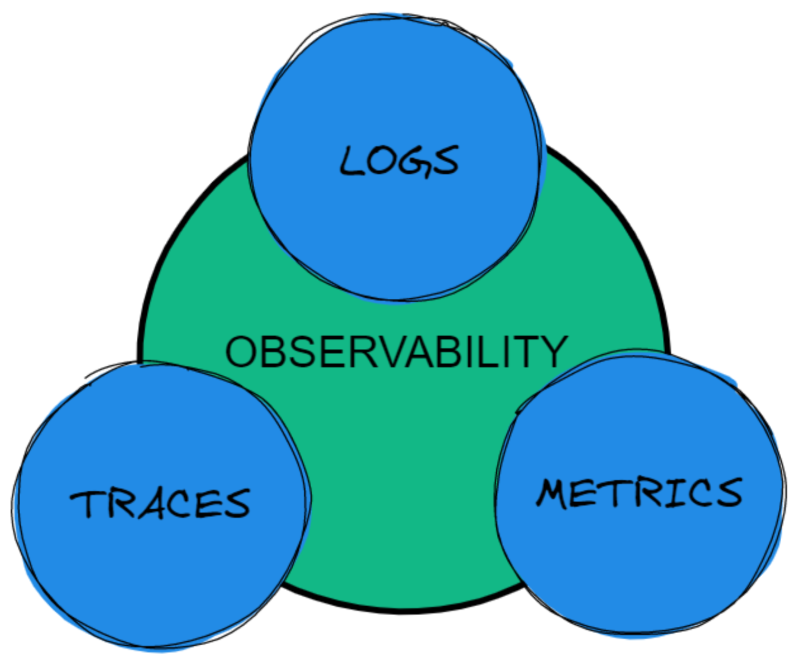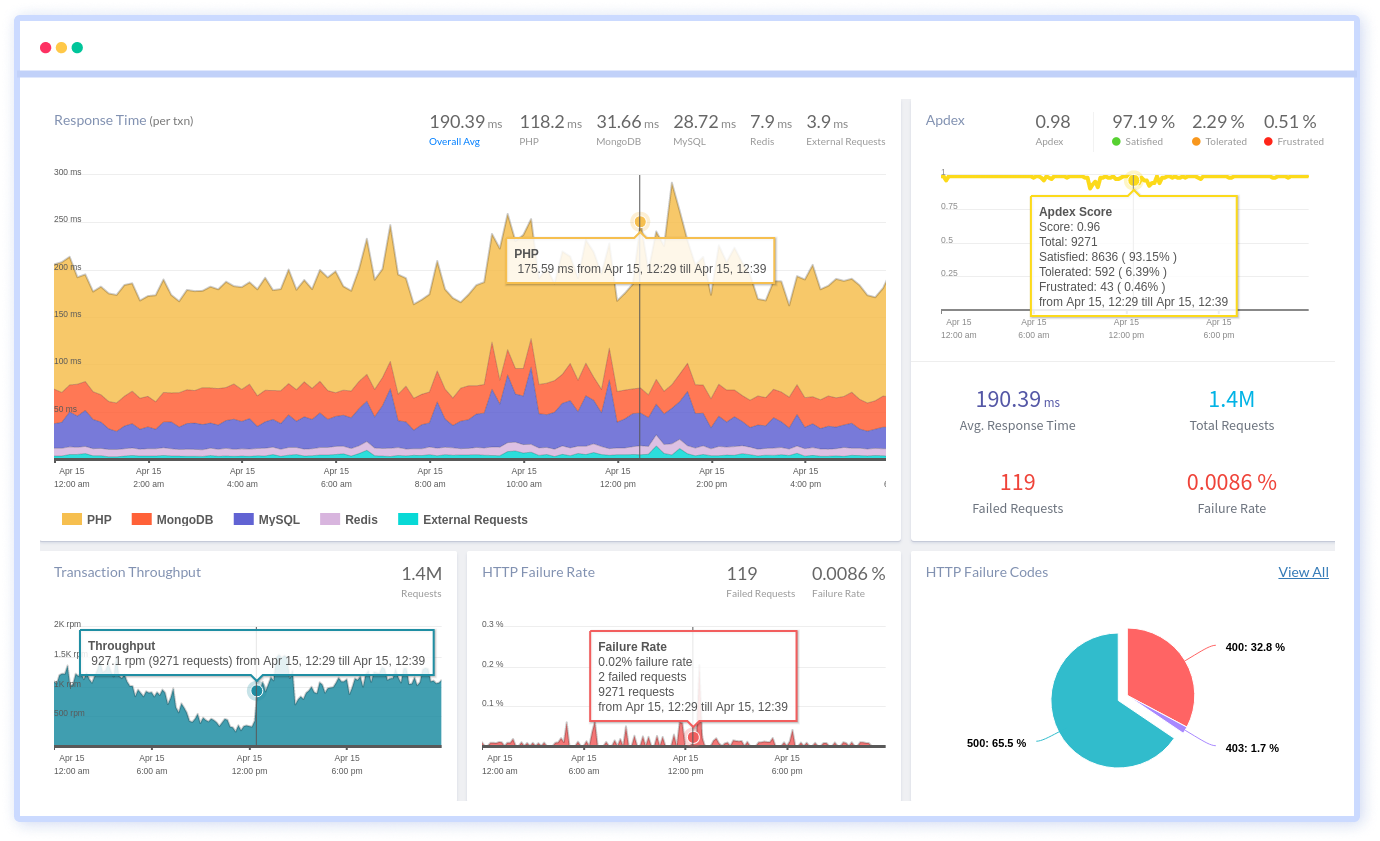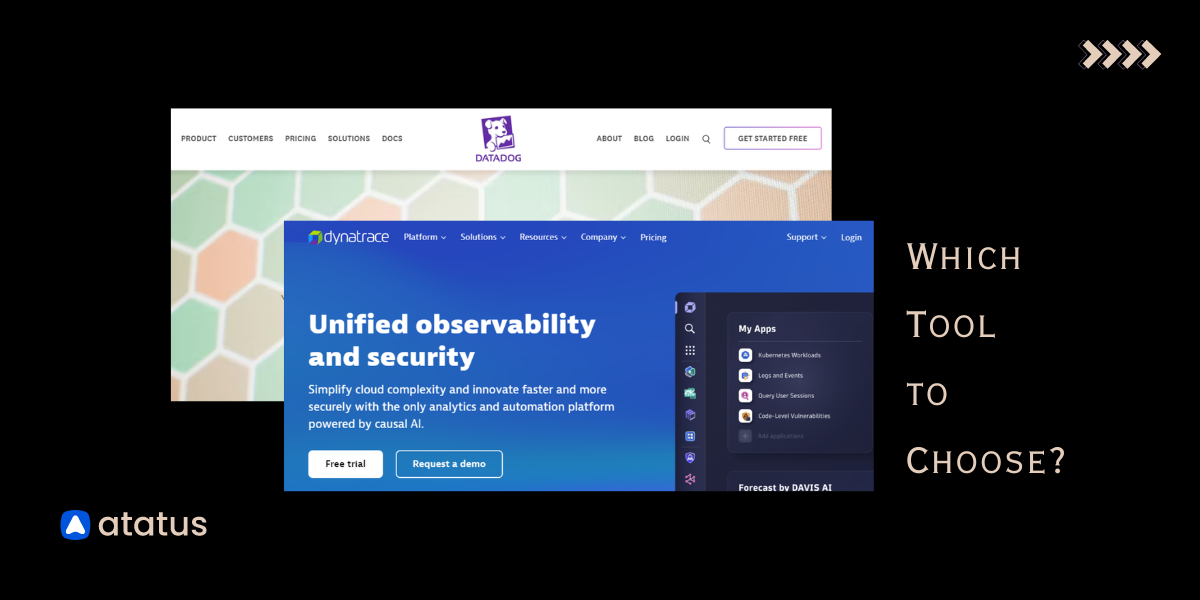Observability - A Beginner Guide
A developers perspective is different.
While managing various sectors in a software, sometimes it would be difficult to monitor the activities and identify the bug that is disrupting the functions.
What if you can spot the error beforehand, and resolve it at the earliest?
The strategies that we focus on, and implement are the ones that help us effectively manage our tasks.
That is possible by knowing about Observability. Let's learn in detail about it through this blog.
TABLE OF CONTENTS:
- What is observability?
- Log observability
- Metrics observability
- Trace obeservability
- Combination of three
- Importance of observability
- Limitations
- Sum up
#1 What is observability?

Wondering about observability, right?
Observability is known to be the state of the internal systems through which the outputs can be determined.
In simpler words, you can determine the activities and behavior of the current state just by looking at the results of the output.
The use of observability is highly applied to IT infrastructure and cloud computing.
As far as cloud computing is concerned it is used to analyze, debug and troubleshoot software. In the IT structure it is used to monitor the data collection and then the general APM collection.
Observability is often misunderstood with monitoring. But its potential is highly witnessed in various activities around us.
Observability revolves around three constituent parts:
- Logs
- Metrics
- Traces
#2 Log observability
Logs are recordings of the activities that are observed in any server, operating system, or application.
Generally, log files contain all the details related to the small activities that are observed in the server. They can be structured or unstructured lines of codes, which contain all details that you are looking for.
Logging is the process through which your actions are recorded. It doesn't require any manual assistance, because the process is automatic and spontaneous.
The reason behind preferring logs for observing the system is because,
- Logs are available in all systems and the process doesn't need any manual work.
- In case of errors the logs will have all details related to the troubles related to the issue.
- To troubleshoot or debug the system, it is enough to check the log files that are recorded.
Log observability also has also got a limitation which has to be looked upon,
- Log files if left unnoticed can lead to record fails and the collected data will not be saved appropriately.
#3 Metrics observability
Data collection can be done in various ways and one such method is using metrics.
Metrics is a form of numerical data that is stored in discrete values and helps to identify the problems quickly.
Generally, it is mathematical data that gives the behavioral information in regular time intervals. The data can be marked in the form of a graph, so it will be easy to trace the highs and low of the system.
The use of metrics is generally used for business and statistical related information, to keep track of the frequency.
The benefits of metrics include,
- Visualization of the data is easier, and the data can be quickly analyzed.
- Saves time, as the clear and detailed value is being given to you.
- Complexity of metric system is lesser when compared to logs.
We also have to look upon the drawbacks of this system,
- The major drawback is, the metrics data will notify the troubleshooting only when the threshold is reached.
#4 Trace observability
A totally different kind of data is stored in the form of a trace.
Traces are a form of flow-through which the entire history behind the activity can be witnessed and analyzed easily.
Traces are highly used in determining the observability as the entire framework of the systems can be recorded. With the specific points of the traces, you can identify and rectify the error.
The advantages include,
- The data can be recorded and collected in the form of semantics, for better understanding.
- The data collected provide accurate answers to your questions.
Disadvantage is,
- Tracing sometimes might have gaps, and this makes debugging and troubleshooting harder.
#5 Combination of three

The power of three always has got great potential.
Logs, metrics, and traces are interconnected and when functioned together, help us to record and track events faster.
Explaining that, the metric data is what we look at first.
The abnormalities in metric data, lead us to check the log file for the activities that happened with the application or server.
When it comes to tracing, it is quite similar to logging. Traces also contain data just like logs but in a detailed manner. Tracing is done to identify the latency and performance-related issues.
You can experience the complete strength of observability by making use of all three components.
#6 Importance of observability

So what is the importance of implementing observability to your workflow?
Monitoring and observing complex systems like memory, database, network are easy with the help of observability. You can quickly identify the flaw by looking into the recorded events.
Managing each step in your organization is easier now. Small hacks do help in the management of data.
You can improve the performance of the system by closely observing the dynamic change that is occurring.
In case of any faults or blind spots in the data or activities, alerts will be sent to you immediately. Getting notified by the alerts you can trace the fault and rectify it soon.
The user experience with the software is enhanced and the workflow becomes smooth. You can also optimize and boost the functioning of the server based on your preferences.
As far as business is concerned, you can meet the goals by maintaining a statistical record of the business performance and also offering a better workflow.
While creating a design or coding, with the observability tools you can easily debug your codes. Mostly the observability tools are recorded automatically, so there is not much manual work needed.
#7 Limitations
There are also some challenges faced in the observability tools.
If there are multiple data inputs at the same time, there can be a misinterpretation of information and the recorded data will be wrong.
In case of manual changes by different agents, the events won't be recorded in the files. Any issues raised by manual changes, then it will be difficult to observe and correct the error.
Sometimes observability tools may be time-consuming and the cost related to it will be high, which is a major drawback.
#8 Sum up
To sum up...
The use of observability is different in various fields of expertise. Logs, metrics, and traces are a unique combination when implemented in your workflow.
Every software or application is introduced to bring out a better performance rate in your work. That is what is done by observability.
It may sound complex, but the components are highly useful to maintain the infrastructure. All efforts going in the vein are not acceptable. But observing the activities with a tool is much better.
To integrate your work, one tool is implementing observability.
Atatus observability tool gives the best user experience in implementing real-time monitoring tools.

Integrate the Atatus tools with any application or server and monitor the activities without any faults or errors. Also have a detailed insight into your business performance, work time, and infrastructure.
Above all Atatus system is user-friendly, delivering the best API and assisting you with log maintenance, tracking, and troubleshooting.
#1 Solution for Logs, Traces & Metrics
APM
Kubernetes
Logs
Synthetics
RUM
Serverless
Security
More




![New Relic vs Splunk - In-depth Comparison [2025]](/blog/content/images/size/w960/2024/10/Datadog-vs-sentry--19-.png)
![New Relic vs Sentry - Which Monitoring Tool to Choose? [2025]](/blog/content/images/size/w960/2024/10/VS--1-.png)